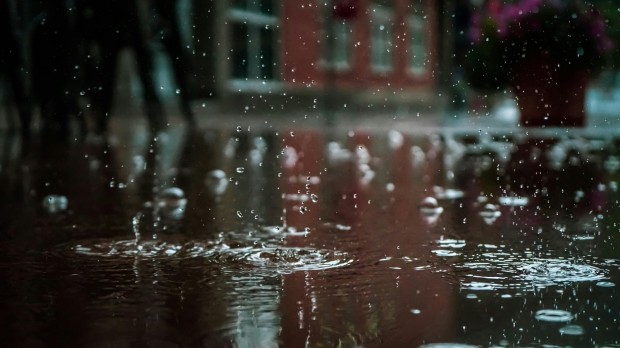The water infrastructure conflict due to climate change has been worsened by several severe storms that have swept across various parts of the United States. These occurrences highlight the need for resilience and adaptability in water resource management in increasingly unpredictable weather.

(Photo : Pexels/lad Chețan )
Water Crisis
Potable water systems can be unexpectedly challenged by water crises, which can be caused by either an excess or a deficiency of water. In the United States, the water infrastructure is being threatened by climate change due to storms flooding towns and droughts drying up freshwater supplies in unprepared locations.
Alabama's northern and central regions have been experiencing substantial droughts for much of the decade. As mentioned, a combination of drought and overuse has plummeted the water tables, leading to the completion of wells dug to supply water.
In April 2024, the South suffered severe storms that exemplified specific hazards. Rain continued to fall at a far higher rate in New Orleans because the city's pumps were able to remove it. Around the storm, a water line ruptured near Hattiesburg, Mississippi. Also, several villages had power outages, and residents were advised to boil water before drinking it to ensure its safety.
Moreover, in 2023, drought posed an additional hazard to New Orleans' water supply. The Mississippi River's flow had slowed, resulting in saltwater intruding further upstream than usual.
Nevertheless, stormwater systems' capacity has been strained, and the increasing frequency of heavy rain events has threatened the availability of drinkable water. Also, rising temperatures throughout the planet cause the oceans to warm, which increases the moisture content available to drive powerful storms.
Also Read: Transforming Construction: Fraunhofer Scientists Creates Green Building Materials from Cyanobacteria
Climate Change Influence on Water Infrastructure
The relationship between water and climate change cannot be separated. The United Nations Water Services claims that most of the consequences of climate change involve water, such as irregular rainfall patterns, declining ice sheets, rising sea levels, floods, and droughts. Rising temperatures are upsetting all facets of the water cycle and weather patterns, aggravating water shortages and related risks.
Furthermore, the experts who study climate believe that this shift would increase the number of floods because it will cause more water to fall than the flora and soil can take. In draining into surrounding waterways, the residual water, also known as runoff, absorbs impurities such as fertilizer. Runoff finally finds its way to larger bodies of water, including lakes, estuaries, and the ocean, where it polishes the water supply and limits the water available to ecosystems and humans.
Thus, everyone may help minimize the consequences of climate change in many ways. Since trucks frequently carry different products to grocery shops from a great distance, adding extra carbon dioxide to the atmosphere, specific actions involve producing your fruits and vegetables or purchasing fresh produce grown locally. Instead of driving a car, you can decide to walk or ride a bike. Industries dependent on fossil fuels have to shift to more widely used renewable, greener energy sources if we are to help our planet.
Related Article: Deadly Houston Storm Triggers Collapse at Townhouse Construction Site







